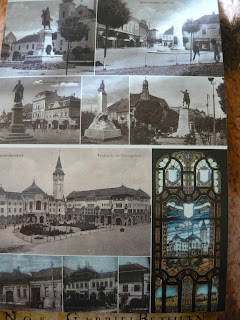The city was founded by Dacians under the name Patavissa or Potaissa (most frequently confirmed). It was conquered by the Romans, between AD 101 and 106, during the rule of Trajan, together with parts of Decebal's Dacia.
The name Potaissa is first recorded on a Roman milliarium discovered in 1758 in the nearby Aiton commune
Middle Ages
After the Hungarian conquest, the Turda salt mines were first mentioned in 1075. They were closed in 1932 but have recently been reopened for tourism.Saxons settled in the area in the 11th century. The town was destroyed during the Tartar invasion in 1241-1242. Andrew III of Hungary gave royal privileges to the settlement. These privileges were later confirmed by the Angevins of Hungary.
The Hungarian Diet was held here in 1467, by Matthias Corvinus. Later, in the 16th century, Turda was often the residence of the Transylvanian Diet, too. The 1558 Diet of Turda declared free practice of both the Catholic and Lutheran religions. In 1563 the Diet also accepted the Calvinist religion, and in 1568 it extended freedom to all religions, declaring that "It is not allowed to anybody to intimidate anybody with captivity or expelling for his religion" – a freedom unusual in medieval Europe. This Edict of Turda is the first attempt at legislating general religious freedom in Christian Europe (though its legal effectiveness was limited).
In 1609 Gabriel Báthori granted new privileges to Turda. These were confirmed later by Gabriel Bethlen. In the battle of Turda, Ahmed Pasha defeated George II Rákóczi in 1659.










